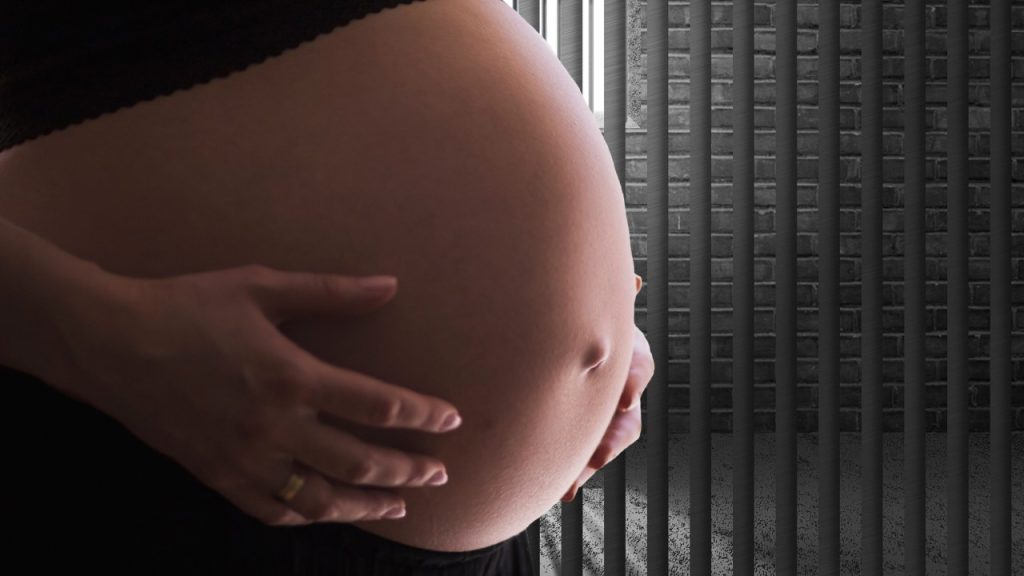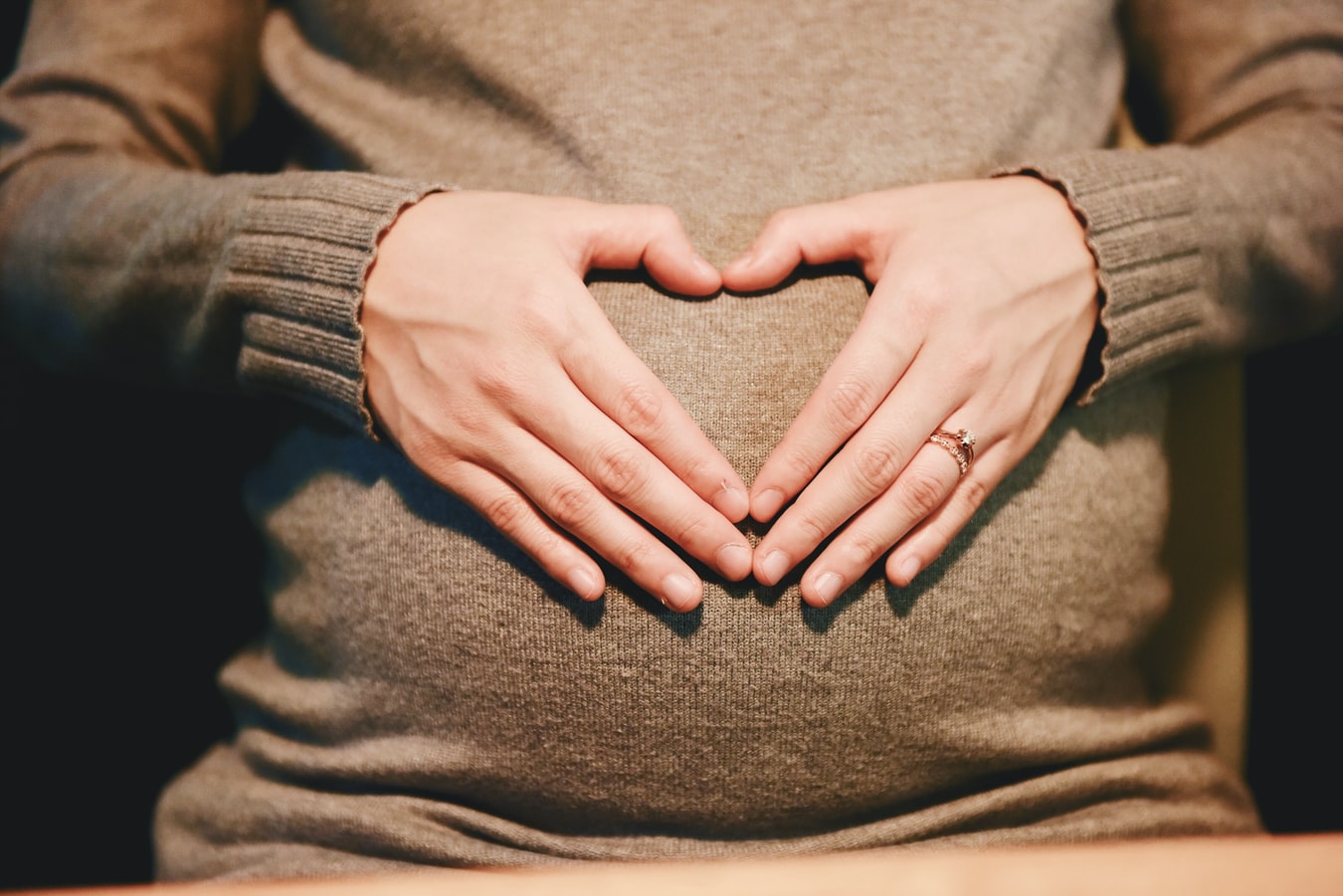The United States has the highest percent of incarcerated women in the world.
According to AMA Journal of Ethics, 205,000 women are currently behind bars whether that be state and federal prisons or jail. When we think about incarcerated women, do we think about women who are pregnant? Many people do not think about pregnant inmates and their experience of becoming a mom while in prison. According to Pregnancy in Prison Statistics, out of twenty two state and federal prison systems, there are a total of 1,396 pregnant people who were admitted. This means that there are 3,000 admissions of pregnant inmates to prison each year. The impact of pregnancy while being in prison can be very stressful.
Laws and Policies for Pregnant Inmates
With the number of incarcerated women increasing and possible admissions of pregnant women, there are policies and laws that are taken in place to help protect the mother and child.
Under the Eight Amendment of the Constitution of the United States, all U.S. prisons and jails have to provide prenatal care to expectant mothers.
“Eighth Amendment- Excessive bail shall not be required, nor excessive fines imposed, nor cruel and unusual punishments inflicted (2020, et. alt. Constitution Annotated)”
The First Step Act
On December 21, 2018 President Trump signed The First Step Act to implement it into public law. This marked the first ever major reforms to our criminal justice system in over a decade. According to Atkins, the First Step Act bans restraining federal inmates during pregnancy, labor, and postpartum recovery unless the individual is considered flight risk and is a threat to others or themselves. For many years, inmates have been overlooked due to security restraints. The Federal Bureau of Prisons are required to count the number of pregnant inmates and keep track of births, miscarriages and abortion.
With the laws and policies in place, the act of providing care to incarcerated pregnant mothers is helping, however there still needs more to be done.

Pregnant Women Behind Bars
What is it like for pregnant women who are admitted in jail or prison? An infant is allowed to reside with the mother if the mother’s release date is before the child is 18 months of age. However, there are some cases where the mother only has 48 hours with her child before he/she is sent away to foster care or a relative due to the crime that was committed. Prison Nurseries are open to mothers who give birth to their children while they are serving their sentence. Childbirth and parenting classes are mandatory before and after the child is born.
Programs
There are many programs that are implemented to help raise a child while in prison. An example of this is KerryAnn WiltShire’s story. According to Inside Edition, KeryAnn found out she was 5 weeks pregnant. She partnered with Hour Children to help raise her child in prison. Hour Children helped her during her pregnancy and is still helping her raise her child while in prison.
Another program that helps incarcerated women is a fairly new program located in Ohio. The Ohio Reformatory opened a new program, Women’s Achieving Baby Care Success- that allows qualifying mothers who are serving their sentence to keep their babies. According to Pfleger of WOSU, ABC is the only program in the state that allows mothers to keep their babies. The program’s new building houses up to 26 mothers and their children. ABC also provides resources to the mothers including breastfeeding consultation, postpartum counseling, Head Start, and weekly appointments with a pediatrician. Many incarcerated mothers who are in these kinds of programs really benefit from it. The mothers feel very grateful to be able to be with their children.
Overall, being pregnant can be a stressful time for mothers in general, however in prison it is a different experience. There are many options for incarcerated mothers including laws and policies that are put into place as resources. Many programs are established to help incarcerated mothers.

